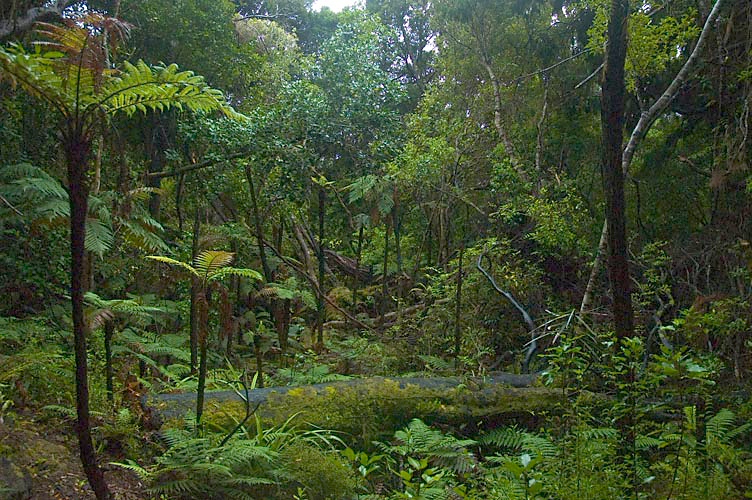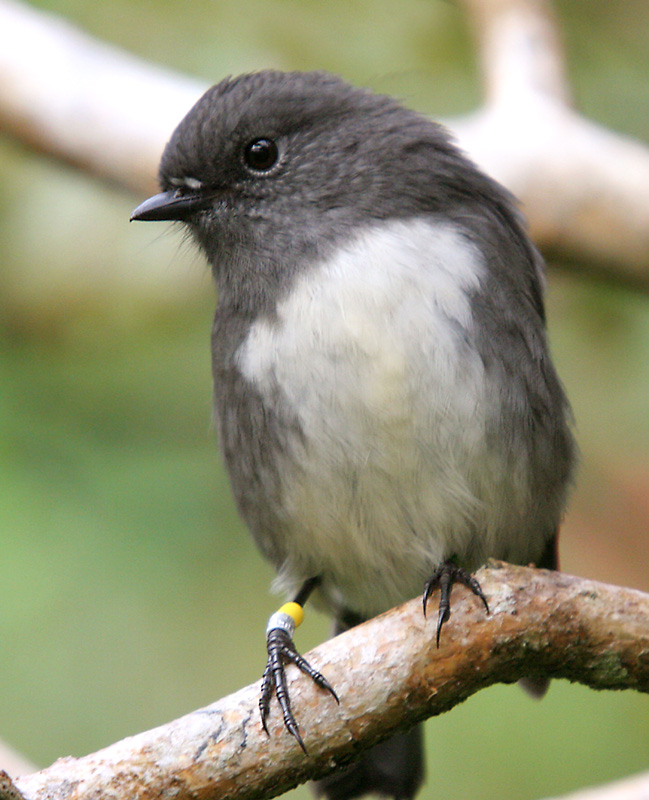No-one wants to see the birds and other wildlife we’re trying to protect, killed or in any way harmed by the very methods we use to protect them from predators, either by consuming bait or being accidentally caught in traps. It’s a delicate balance and often a controversial subject where strong opinions are held. Today we look at research into potential residue issues with poisons commonly used in baits.
Bryce Masuda (University of Otago, Department of Zoology), Penny Fisher (Landcare Research, Lincoln) and Brent Beaven (Department of Conservation, Stewart Island Field Centre), recently studied residual brodifacoum levels in marine organisms following the 2011 aerial application of the bait to eradicate Norway rats from Stewart Island’s ‘Ulva Island’.

Brodifacoum is a second-generation anticoagulant rodent poison which has been found to be very effective at eradicating rodents from islands and fenced sanctuaries. Coastal species of fish and shellfish were sampled 43-176 days after the poison drop and brodifacoum residues were found in 3 of the 10 species sampled. The residue was found in the liver of 2 of the 24 blue cod sampled – but not in the muscle tissue, which would be consumed if the cod were eaten. Residues were also found in 4 of the 24 mussels tested and 4 of the 24 limpets.The residues found were, however, at low levels unlikely to kill the fish or shellfish.

The researchers concluded that: “Although our findings confirm the potential for coastal marine wildlife to be exposed to brodifacoum following island rodent eradications using aerial bait application, the risk of mortality to exposed individual fish or shellfish appears very low. There is also a very low risk of adverse effects on humans that consume fish or shellfish containing residual concentrations in the ranges reported here.” They also pointed out that those residues in marine organisms decline to undetectably low levels within a matter of weeks, so that a seafood withholding period following aerial brodifacoum application could be used as a further protection against potential human exposure.
The abstract can be read for free and the full article purchased at: Residue profiles of brodifacoum in coastal marine species following an island rodent eradication (2015)
In a further study by Bryce Masuda and Penny Fisher, this time joined by Ian Jamieson (University of Otago, Department of Zoology), the researchers report on brodifacoum residues detected in dead Stewart Island robin nestlings. Thirteen dead nestlings were collected 3-4 months after the brodifacoum application on Ulva Island. Twelve of the nestlings were found to contain brodifacoum at levels known to kill adult birds of other species, suggesting exposure to the poison was lethal. The anticoagulant is highly toxic to birds as well as rats.
The researchers were unable to confirm that the residue was the definitely cause of death in these cases as obtaining the 13 dead nestlings was opportunistic and they were unable to test residue levels in live nestlings for comparison. They do, however, describe their work as “the first apparent case of secondary brodifacoum exposure and subsequent poisoning in nestlings of an insectivorous passerine…”
The source of the residue in the nestlings was likely to be secondary poisoning, as death occurred 52-92 days after the brodifacoum application and the researchers note: “Our results highlight the potential role of invertebrates as vectors of anticoagulant rodenticides in the environment, as well as the need for further research on this exposure pathway.”
The full article is published in the New Zealand Journal of Ecology and is freely available:
Anticoagulant rodenticide brodifacoum detected in dead nestlings of an insectivorous passerine (2014)
Another aerially applied poison – 1080 – was studied by Dunedin-based researchers from the University of Otago and Landcare Research, Dunedin who looked at the effects on South Island robins after a 1080 drop to control possums in the Silver Peaks area (Dunedin environs). In previous cases, individual robins found dead after 1080 aerial applications have tested positive to the toxin, suggesting South Island robins are vulnerable to 1080.
In this research project, the survival and breeding success of individual marked robins was studied before and after the 1080 application. Results were compared with robins monitored in the nearby Silverstream area where there was no 1080 application.
With respect to the targeted predators, the 1080 drop was highly successful, with possum, rat and mouse numbers reduced to very low levels in the Silver Peaks area. Both possums and rats are known to be significant nest predators. Predator levels remained low for three months at Silver Peaks. Predator numbers remained high throughout the study period in the Silverstream area where there was no application of 1080.
All 15 banded robins in the Silver Peaks area were seen after the 1080 drop, indicating no known birds died as a direct result of the operation. When their nesting success, measured as a daily survival rate, was compared with those in the high-predator Silverstream area, the Silverpeaks birds were more successful. The researchers recommend continued monitoring over several seasons to ascertain whether 1080 operations have any long-term benefits for robins at Silver Peaks.
The full article is published in the New Zealand Journal of Ecology and is freely available:
Effects on South Island robins (Petroica australis) from pest control using aerially applied 1080 poison (2014)

